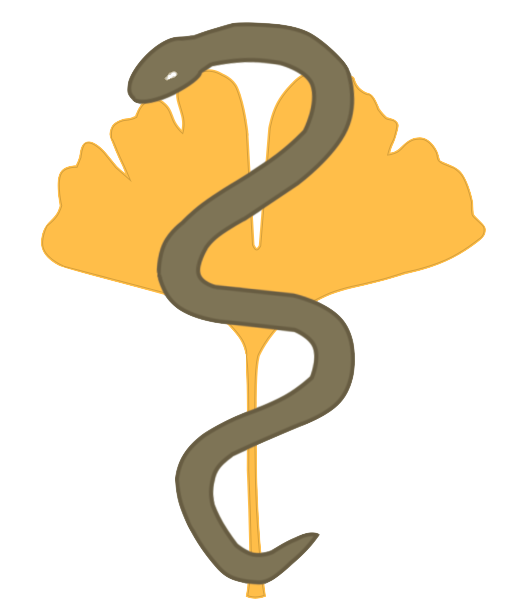Horses cannot speak, like humans, for example. In addition, horses have an extreme capacity for suffering. If a horse is injured, this can be determined by its behavior, for example. Of course, in the case of open wounds, bloody spots on the coat, even the layman can recognize an injury.
Finally, an insect bite can also cause a disease. In most cases, a hair analysis gives very precise indications of what a horse is suffering from.
Typical case
The rider/trainer notices that the horse is not “progressing”, no further development can be seen. Nobody has an idea what the problem is. Doctor’s appointments follow, sometimes even hospital stays and medication is administered. Result: After a quarter of a year, the horse starts all over again.
Example: Psychosomatic disorders
Physis and psyche are inseparable. Psychosomatic disorders trigger typical symptoms of a disease in a horse, e.g. stomach ache, cardiac arrhythmia, teeth grinding, and many more. However, a clinical examination does not reveal any causes. If the horse is connected to an ECG, the veterinarian cannot detect any irregularities – everything seems fine. Nevertheless, cardiac arrhythmias occur. Organically, the horse is in perfect health, but symptoms are triggered by the psyche. The equine psychologist Udo Simianer has the appropriate homeopathic therapies for such situations.
Example: Poisoning
A horse grazes on the pasture or plucks plants at the edge of the path or forest during its daily ride. Symptoms such as fatigue, trembling, sweating, salivation, shortness of breath, diarrhea, colic, etc. can be detected. By means of hair analysis it can be found out without any doubt that on the one hand there is a poisoning and on the other hand by what the poisoning was caused.
Example: Rejection of the therapist
We know: “The first impression is the most important”. If a therapist is rejected internally, the best therapy is sometimes completely ineffective. Now it may be that another therapist is out of the question (e.g. for professional reasons). In these cases, it would be all the more important for the therapist to first try to establish a harmonious connection between himself and the horse to be treated.
However, time is not readily taken for this in practice. Through a horse hair analysis, for example, psychological problems, as just described, are revealed.
Example: Interactions of medications / incompatibility of medications
A horse has various complaints, the cause of which could not be uncovered so far. The horse has been receiving various medications for several years and has had no problems with them in the past.
One way to get to the bottom of the cause would be to analyze the various medications for compatibility. It is not uncommon to find that such horses have developed an intolerance to a particular medication. One possibility would be to recommend/prescribe an alternative product for the horse. Another solution is to switch to homeopathic medications because side effects or interactions are virtually eliminated. An equine psychologist can make recommendations in this regard.
Example: Malnutrition
Malnutrition damages the whole organism of the horse. Malnutrition means one-sided or insufficient nutrition. A considerable number of horses are malnourished. This is due to various factors such as choice of feed, environmental toxins, but also to a lack of vitamins, minerals and trace elements.
Consequences of malnutrition
- Viruses, bacteria, fungi, etc. are invited to colonize the organism.
- Medications, vaccinations, worming, food that the organism does not tolerate, put a strain on the metabolism.
- Weakness in performance, cough or digestive problems
- …
Trace elements, once fixed in the horse’s hair, remain firmly anchored there. In the blood, on the other hand, short-term fluctuations are normal. Therefore, a horse hair analysis has the great advantage of revealing such deviations.
The better a horse’s organism is tuned, the greater is its well-being. What a healthy body can achieve is proven, for example, by the exceptional horse Wonnemond. Not every horse will become as successful as Wonnemond, the appropriate genes must be present.
Especially in the case of a chronic disease, the toxic trace elements accumulate only in the tissue. This means that detection is only possible by tissue or hair samples, but not by blood analysis.
Example: Cadmium poisoning
A horse suffers from chronic cadmium poisoning. Cadmium cannot be detected by blood analysis because cadmium remains in the blood for only a few hours after ingestion. However, hair analysis would reveal this poisoning.
Cadmium is found in cigarette smoke, contaminated drinking water, car exhaust, waste incineration as well as fertilizers and much more. Classic symptoms are intestinal colic and cramps. Kidneys, heart and blood vessels, brain, appetite and olfactory centers are among the body parts at risk.
